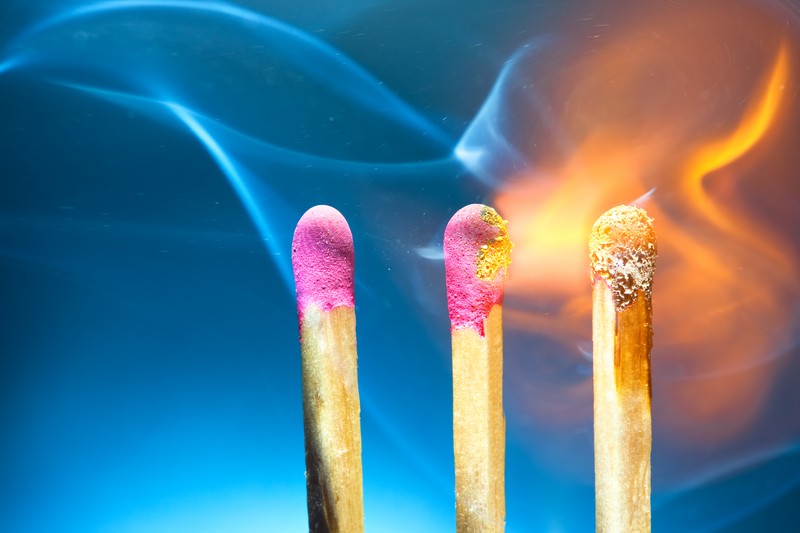Here are three match facts that you may find timely and interesting! We did not know this and while a match may not be the only fire-making tool about it is the first thing most of us think about when it is time to start a blaze!
1. Matches Are Old
The early Chinese were using a crude sulfur match as far back as the year 577, according to several Chinese chroniclers. These early matches were small splinters of pine which were impregnated with sulfur. Oddly enough, these were for emergency use – intended to light lamps quickly during nighttime predicaments.
2. Matches Aren’t Just Sticks
The historic term “match” refers to rope or cord with a smoldering ember at the end. These glowing cords were used to fire guns and cannon (and sometimes to light a fire). They all share a common heritage and name. The word “match” comes from the Old French word “mèche”, which means candle wick.
3. Matches Are the Result Of Alchemy
Most people don’t know that today’s match has roots all the way back to early chemistry and alchemy. European alchemist Hennig Brandt discovered how to isolate flammable phosphorus in 1669, during his quest to turn baser materials into gold. White phosphorus was later used in 19th century matches until its toxicity became apparent. Manufacturers then switched over to a safer red phosphorus formula, close to the match formula used today.
There is more to these three historical truths than what is written above. To read up on them go over to Outdoor Life.
We all know how important it is to get that fire started during anytime it is needed, in a future survival situation or even during a present day fireplace lighting.
When it comes to cooking food on a campfire or just keeping the house warm during these upcoming autumn and winter months, having matches available is essential!
